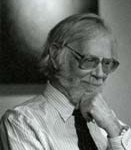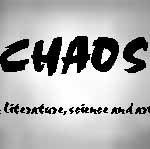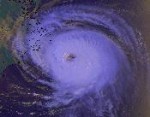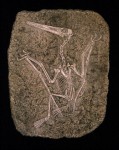 September 28, 2001
September 28, 2001
“History, Memory, Trauma,” a public lecture by Dominick LaCapra, recipient of the Dactyl award for aesthetic theory.
Ever since Theodor Adorno argued that “writing poetry after Auschwitz is barbaric,” all kinds of artists, not just poets, have been debating whether or not one can depict life optimistically. The Holocaust certainly questions how one can believe that every event ultimately serves some divine Continue reading “History, Memory, Trauma, lecture by Dominick LaCapra”



 Complexity Science and the Arts
Complexity Science and the Arts